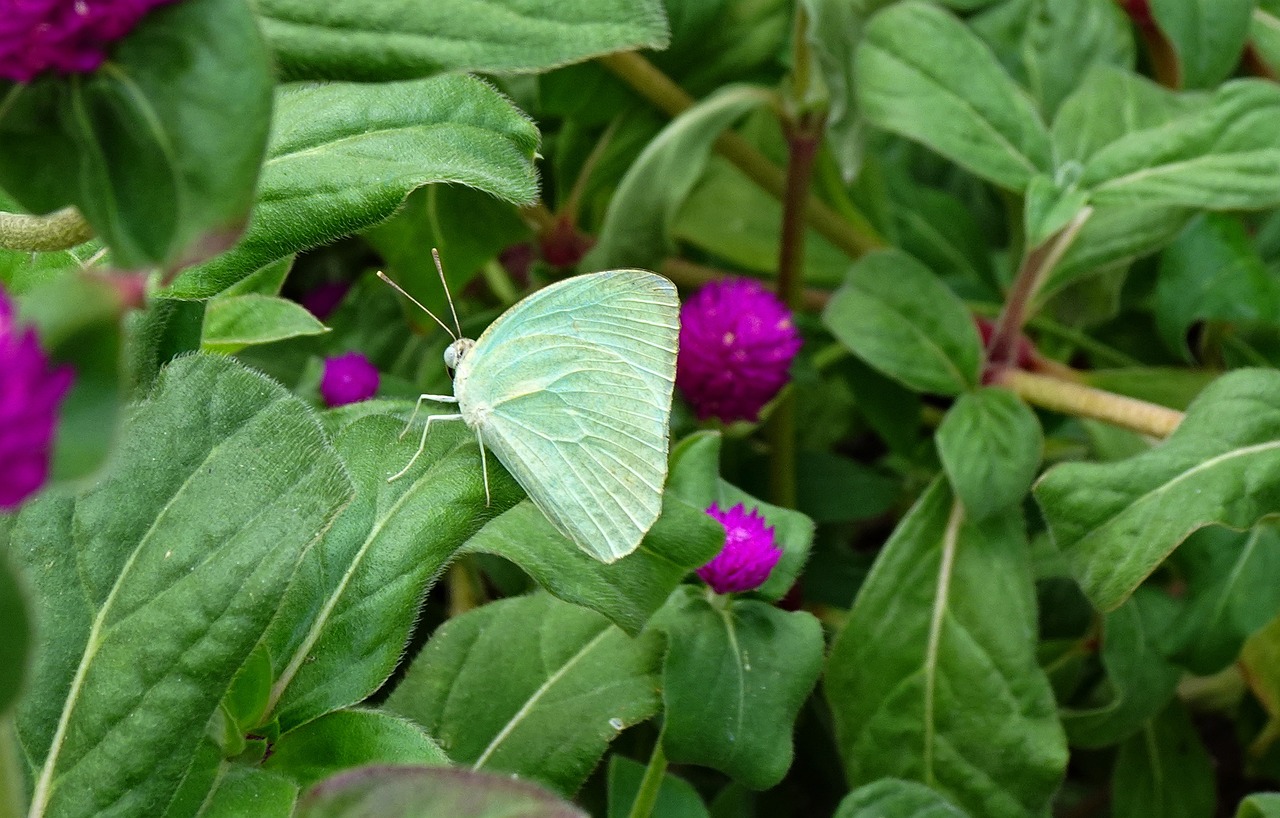The Celebration of Pomona: A Tribute to the Fruit Goddess
Niamh Red Horse reflects on her lifelong connection to Pomona, the goddess revered for her guardianship of fruits, particularly apples. Growing up in Michigan, she fondly recalls days spent consuming fresh fruits, forming an intrinsic bond with apple trees that she considers a sisterhood, deeply rooted in her experiences.
The author encapsulates her formative memories, weaving through varieties beyond just the standard Red Delicious or Granny Smith. She reminisces about her scavenging adventures for wild fruit trees during explorations of fields and forests, sharing how personal experiences with nature were filled with a joyous communion with fruit-bearing trees. Unbeknownst to her, these moments of silent gratitude were expressions of reverence towards Pomona.
Understanding Pomona’s History
Pomona, known as the daughter of Neptune and Ceres, is a significant figure within Roman mythology, comprising one of the Numina—gods and goddesses acting as protective spirits over the realm. Her worship involved unique rituals conducted by the Flamen Pomonalis. Despite uncertainty surrounding the specifics of her ceremonies, her celebration resonates with various communities today.
Many choose to honor Pomona on August 13, coinciding with a feast dedicated to her companion, Vertumnus, while others prefer November 1, aligning the celebration with the apple harvest culmination. The etymology of her name stems from the Latin word “pomum,” symbolizing fruit, capturing Pomona’s essence as the deity presiding over orchards—most notably, apples. Although the rites dedicated to her may be lore lost to time, Pomona’s influence persists in modern names and homage across numerous locations.
Celebrating Pomona’s Presence
Beyond the religious sphere, Pomona’s legacy lives through artistic representations and community recognition. Various cities in the U.S. bear her name, and sculptures signifying her embody the spirit of prosperity. Notably, her image appears in places like Kansas City and New York City, symbolizing an appreciation for the balance between nature and civilization.
Pomona is often depicted with a cornucopia, representing abundance, and a pruning knife—a metaphor for nurturing and growth. Her story, immortalized by Ovid in “Metamorphoses,” narrates her vigilant stewardship over her orchard, securing its bounty against the harshness of nature and human interference. While Ovid’s portrayal sometimes leans heavily on themes of romance and consortship, contemporary interpretations of her story celebrate her autonomy and the mutual respect found in her relationship with Vertumnus.
Rituals Honoring Pomona
For those aspiring to honor Pomona, rituals offer avenues to connect with her essence and seek her blessings. An outdoor ceremony beneath a fruit tree sets the stage for a heartfelt tribute. Engaging in simple practices such as walking around the tree while expressing your wishes fosters a personal connection to the goddess.
For those unable to partake in outdoor rituals, a sacred altar adorned with an apple can serve as a focal point. Decorating the altar with candles representing seasons reflects the cyclical nature of life and growth, allowing participants to articulate gratitude and aspirations, embodying Pomona’s nurturing spirit throughout the seasonal calendar.
Delicious Treats to Celebrate
In addition to spiritual practices, the celebration can extend to delectable dishes commemorating Pomona’s gifts. Recipes like Millie Schembechler’s Apple Cake or a classic Apple Crisp provide delicious ways to connect with the goddess and nature through the flavors of the harvest. These culinary delights not only emphasize the importance of fruit in the celebration but also remind us of the abundance that Pomona invokes.
The concluding homage encapsulates a personal artistic expression, where the author’s mother’s painting titled “Picking Pears” transforms into a tribute to Pomona, featuring the author and her family, embodying the beauty of kinship with nature.
In essence, Pomona stands as a figure of celebration, reminding us to appreciate the sweetness of life and the fruits of our labor, prompting reflection on our ties to the earth and the cycles of growth that define our existence.



